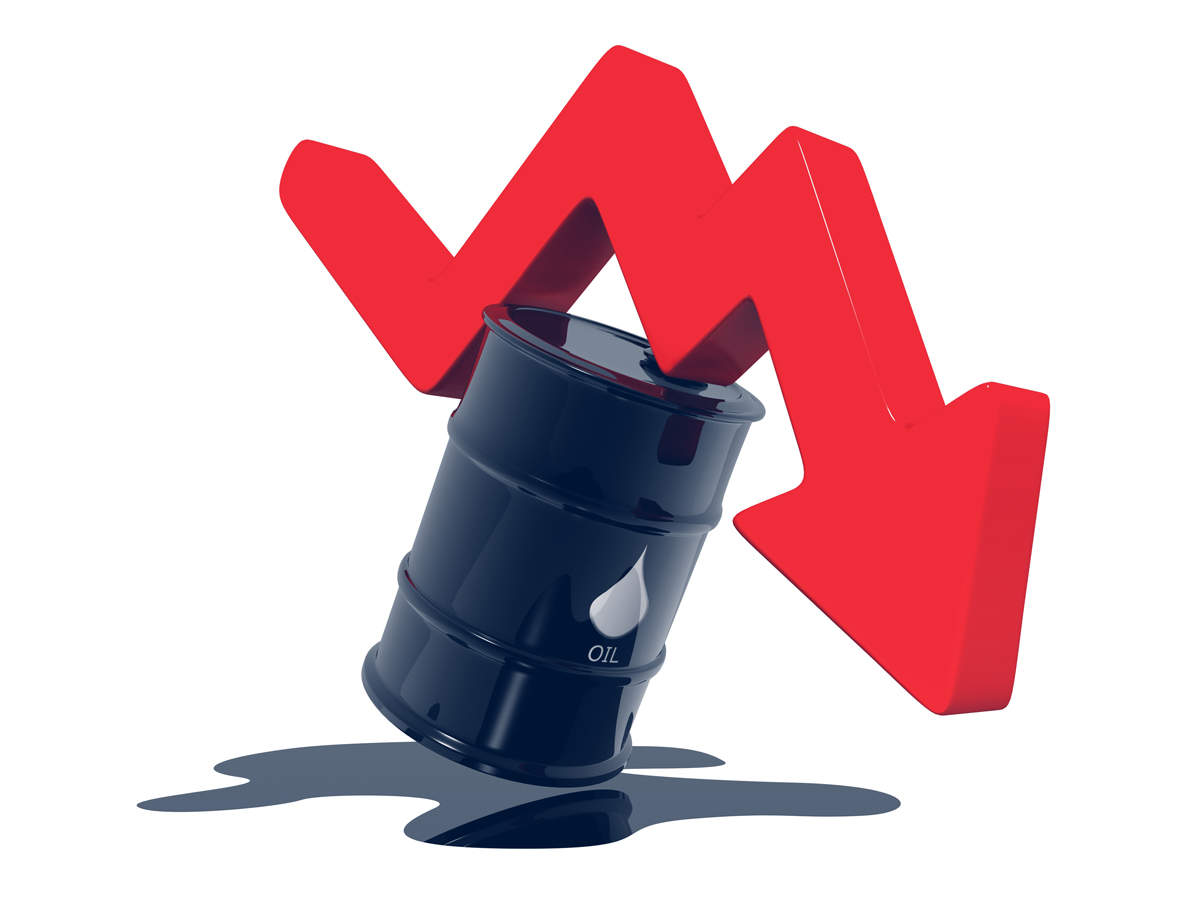INSUBCONTINENT EXCLUSIVE:
Wall Street tumbled for a second straight day on Tuesday as a collapse in United States oil prices and glum forecasts by companies worsened
fears of a deep economic downturn.
All 11 S-P 500 sector indexes fell 1.6% or more, with energy sliding for the seventh time in eight
sessions a day after the WTI contract crashed below zero as oil traders ran out of storage for May deliveries.
With the collapse spilling
into June futures contracts, equity investors became wary of the extent of the economic damage from sweeping lockdown measures that have
halted business activity and sparked millions of layoffs.
The S-P information technology index slumped 4.1%, while the financial index
After many companies pulled their forecasts because of uncertainty related to the coronavirus, investors will focus in the coming days on
first-quarter reports for signs of how badly the pandemic is hurting United States corporations.
The benchmark S-P 500 index has climbed
over 20% from its March low, powered by trillions of dollars in stimulus, but it remain nearly 20% below its February record high due to
measures to ride out the slump, and readings of United States business activity surveys, due on Thursday, are likely to plummet to
recession-era lows.
Coca-Cola Co provided the latest evidence of the damage wrought by the global health crisis, saying its current-quarter
results would take a severe hit from low demand for its soft drinks
Its stock fell 2.5%.
International Business Machines Corp declined 3% after the company withdrew its 2020 annual forecast late on Monday.
In
extended trade, Netflix surged 2.6% after the streaming video company reported more paid subscribers than expected in the first
quarter.
Also after the bell, Texas Instruments rose 3% following its quarterly report.
During Tuesday's session, the Dow Jones Industrial
Average fell 2.67% to end at 23,018.88 points, while the S-P 500 lost 3.07% to 2,736.57.
The Nasdaq Composite dropped 3.48% to
8,263.23.
Declining issues outnumbered advancing ones on the NYSE by a 4.27-to-1 ratio; on Nasdaq, a 3.18-to-1 ratio favored decliners.
The
S-P 500 posted one new 52-week high and no new lows; the Nasdaq Composite recorded 25 new highs and 34 new lows.
Volume on United States
exchanges was 12.1 billion shares, compared with a 13.2 billion-share average for the full session over the last 20 trading days

